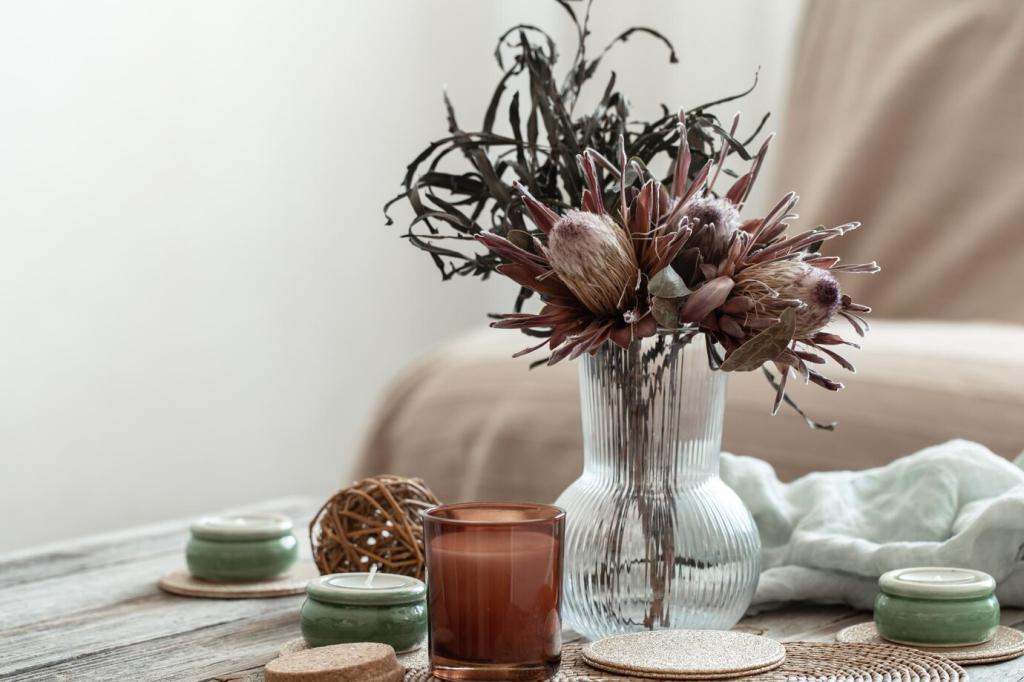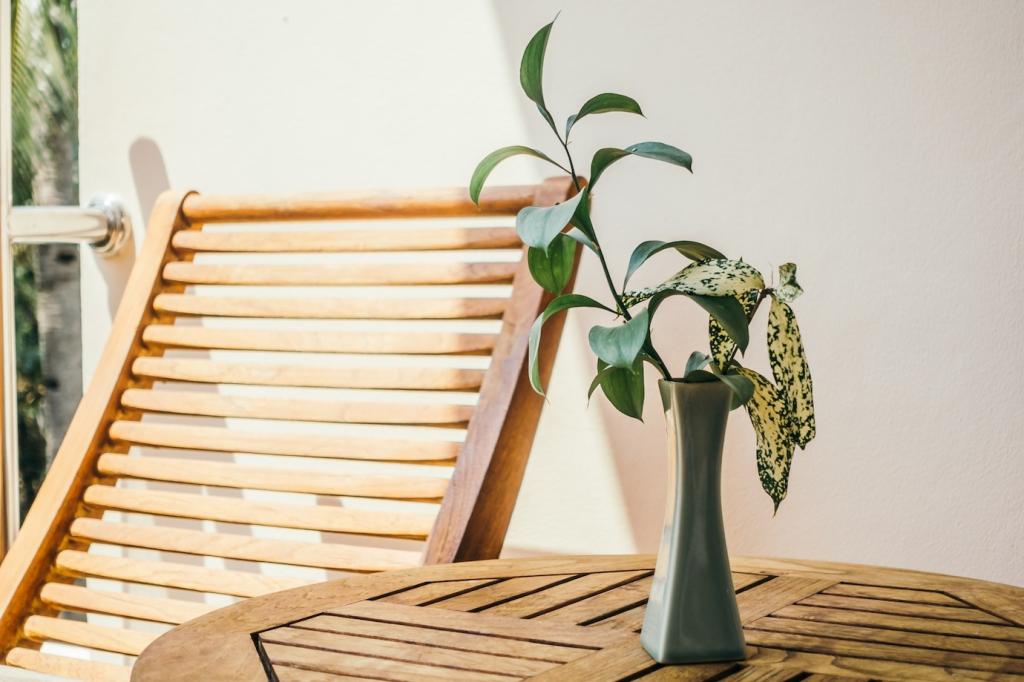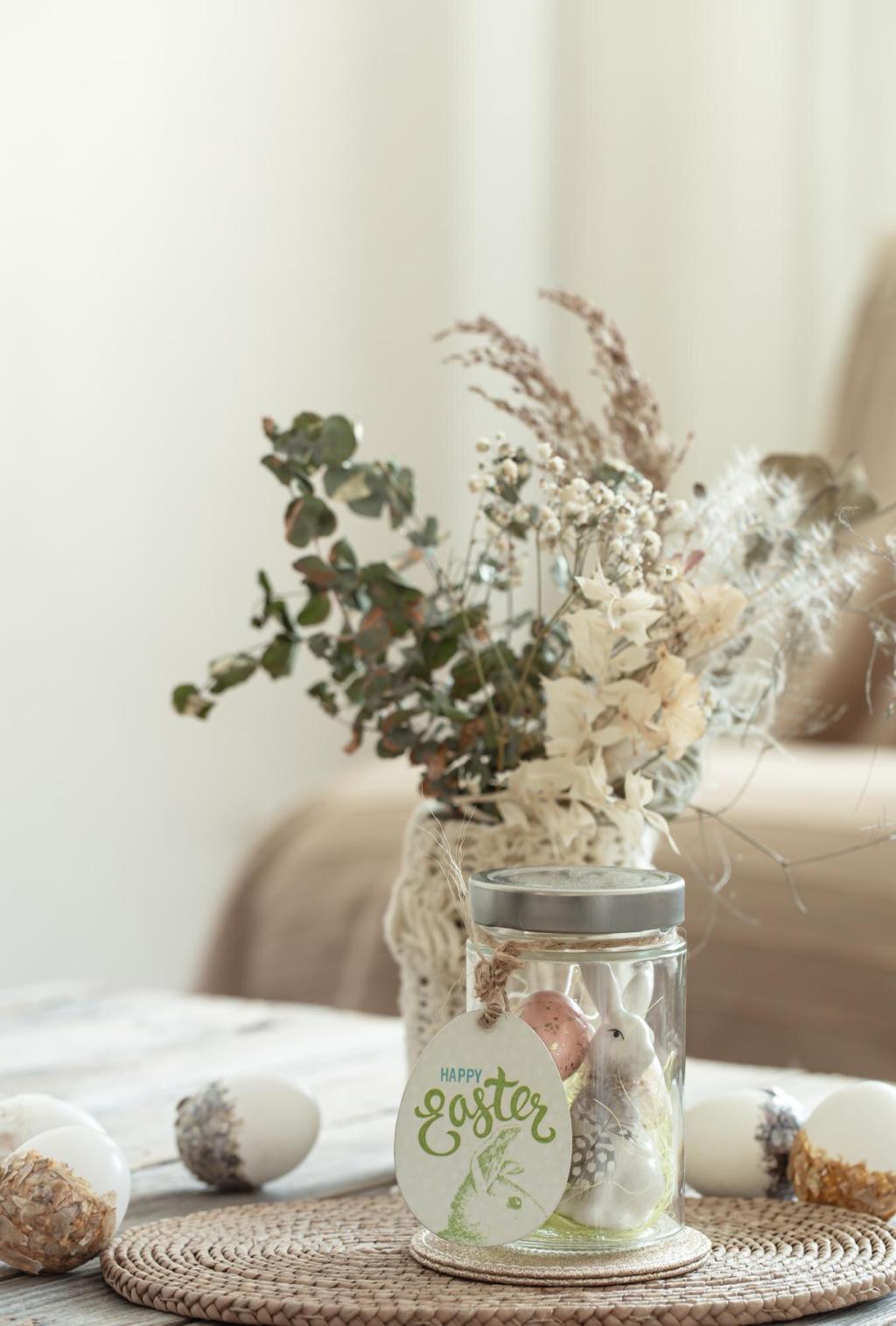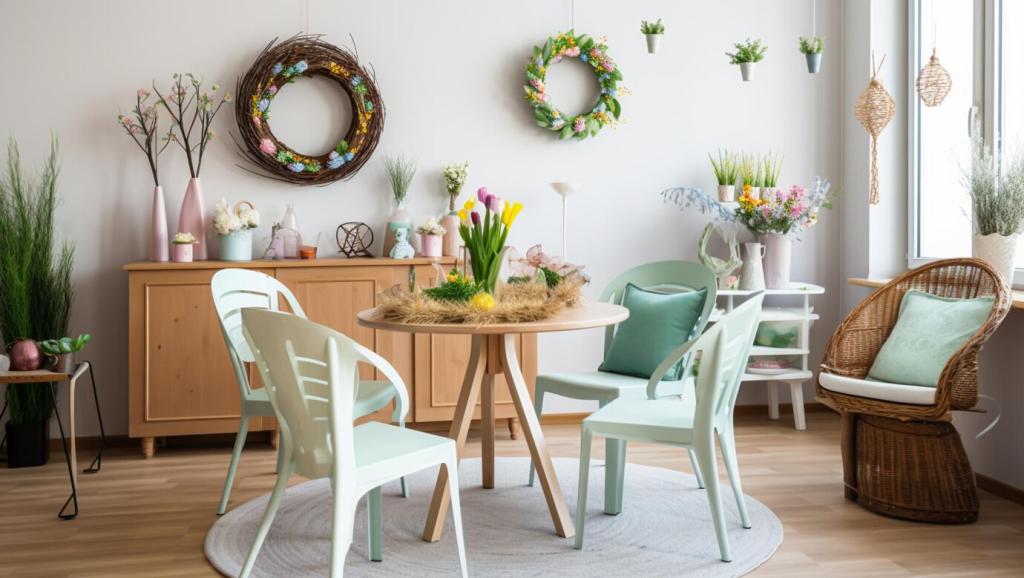Living Systems: Plants and Water at Home
Group plants by light and humidity; mix upright, trailing, and sculptural forms for depth. Start with resilient species like pothos, snake plant, and ZZ. Rotate pots seasonally to chase sunlight and prevent legginess. Share your biggest plant victory—and your funniest defeat—so newcomers feel encouraged.
Living Systems: Plants and Water at Home
A small tabletop fountain, a bubble aquarium, or even a bowl of floating leaves adds movement, soft sound, and micro-humidity. Water’s shimmer catches the eye and cools the mind. If you try one, record five minutes of its sound and tell us whether it changed your evening routine.





